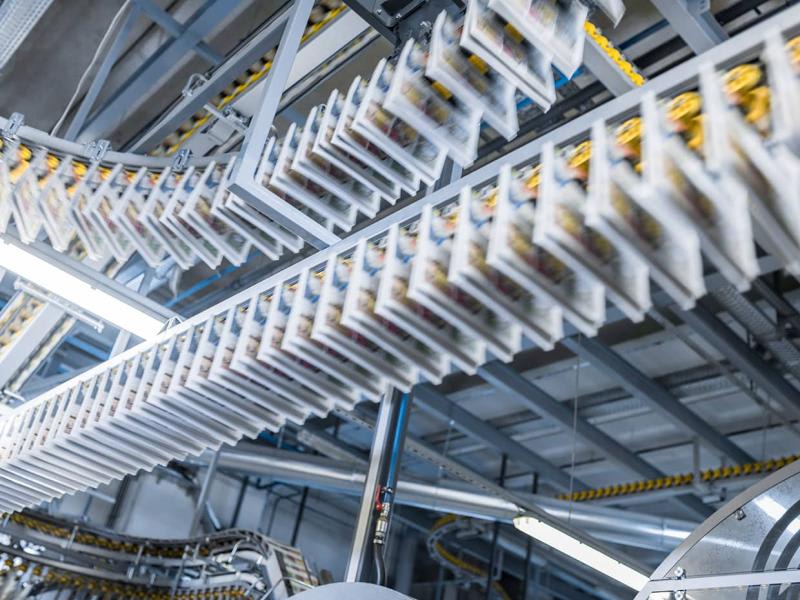While manufacturing in Australia is evolving to more automation and advance manufacturing, there are still some key challenges to address.
Focusing on achieving efficiency in the key processes and systems and gathering an understanding about how the business creates value through its operations can identify the key issues as well as the existing potential opportunities.
Key issues that many manufacturing businesses face:
Relying heavily on a few key suppliers—especially offshore—can leave a manufacturer exposed to massive disruption. The COVID-19 pandemic taught many this in the hard way.
Usually, mismatches of supply and demand are not permanent conditions, and during the last 12-months in Australia the supply shortages have reduced from the pandemic levels.
Coupled with high inflation and increased freight expenses, the manufacturing sector has been significantly impacted and reported a weak growth in 2024.
Increase in tariffs and the uncertainties around the approach, particularly from the US Government which continues threating US allies with higher tariffs, resulting in pressure on prices. Manufacturing sentiment has contracted a few months in a row with as tariffs weighed on businesses. The announced 10 per cent base line tariff on Australian manufactured goods will result in the Australian products more expensive in the US market.
Some economic experts believe that the overall impact to Australia’s economy would be small, and in fact, trade could shift in a way that slightly boosts GDP; however, the bigger worry is global uncertainty resulting in overall hold on investment and employment.
However, there is a growing concern over threats of a possible 200% tariff on pharmaceuticals. Nearly half of Australia’s pharmaceutical exports (worth approx. A$2.2 billion in 2024) go to the US. A sudden spike in tariffs could hurt local manufacturers and put jobs at risk.
Australian expect businesses to take up on actions to address the risk associates to climate changes and related matters. Manufacturing businesses are under increasing scrutiny for their carbon footprint and environmental impact.
As part of these concerns, new reporting obligations on sustainability are scheduled over three years. Large manufactures, along with all other large business in Australia, are required to report for this financial year 2025. This represents a huge task, particularly regarding the collection of data and to ensure disclosures meaningfully report the risks and opportunities associates to climate changes and related matters of manufacture businesses.
The ability to recruit skilled workers continues to be a difficult issue in the sector. The manufacturing sector often relies on a few key staff, which results in operational bottlenecks and rising wage costs. Aging population, training gaps and slowdown in migration have accentuated these issues.
The takeaway
Today’s manufacture businesses need to consider not only financial risk, but political, macro-economic and sustainability risks. Businesses that remain nimble, adopt technology and take a proactive approach to plan for future challenges will emerge from the current challenges in a stronger position. A few key considerations include:
- Implementation of a clear strategy to address increased freight costs is key for businesses that rely on imports. Optimise logistics, including assessing transportation options and consolidation of shipments is key. This strategy should consider potential future supply disruptions, including the implementation of technologies for better forecasting, such as cash flow modelling and pricing strategies.
- While political and macro-economic factors, such as increased tariff, are not within management’s control, reviewing key contracts with suppliers to negotiate favourable terms and managing high costs can help.
- To evaluate how climate and related factors affect your business, including planning for compliance with regulations and environmental reporting disclosure requirements. This evaluation should involve consideration at the business plan, operational and cashflow forecast levels. Regarding the implementation and continues compliance with new with Sustainability reporting disclosure standards, we recommend to factor the following matters:
- Regulatory compliance costs
- Carbon emissions and reduction targets
- Environmental liabilities or remediation obligations
- Consumer expectations for sustainable practices
- Another strategy at the front of management is how to attract and retain skilled labour. This strategy should contemplate regular communication and feedback and being proactive regarding wellbeing. In addition, it is vital that Management walks the talk on learning and development and ensure workforce is trained with advances in technologies so can be adapt to it.
At RSM, we help manufacture businesses across Australia make confident, informed decisions.
If you’d like to discuss how we can help you to successfully navigate the current challenges, connect your local office.





